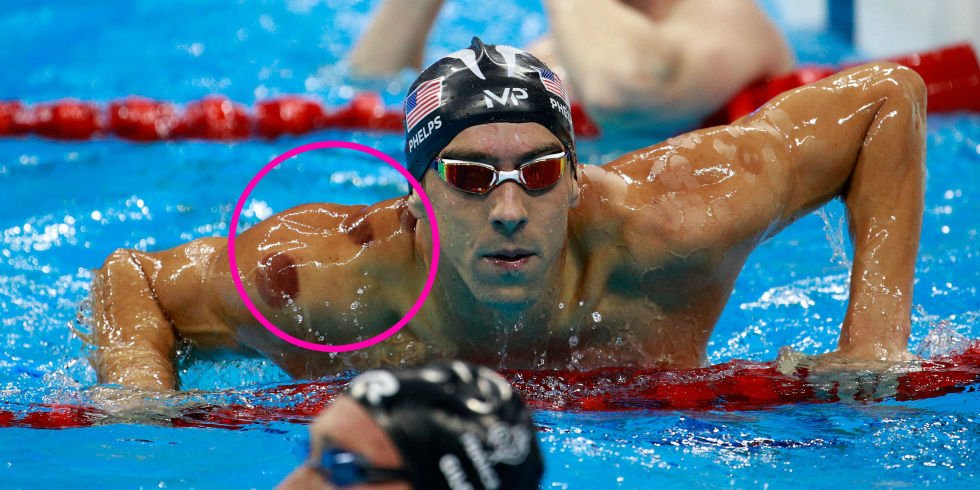Clinique Altermed

What Is Sports Massage?
I am always amazed when I travel around the country and ask massage therapists who advertise "sports massage" to define it. While visiting a spa in the Orlando area, I saw sports massage listed on the spa menu. I asked a therapist, "What do you do when someone asks for sports massage?" to which the therapist replied, "We do real deep work." I have attended numerous workshops in which the presenters explained that sports massage is massage that helps athletes perform better. Even providers of sports massage workshops differ in their philosophies regarding application and technique. I was lucky to learn from great instructors such as Benny Vaughn, Jack Meagher and Aaron Mattes early in my education, although, even after taking their workshops, I was not always clear on how to apply the concepts I had learned. At some point, you realize that no matter how many great teachers you have learned from, and no matter how workshops you have taken, know one knows it all. So, how do you decide what is right for you? I've always tried to listen to each presenter's ideas, then set out to apply them in practice, to see if they worked for me. Some concepts worked; others didn't.
Defining "Sports Massage"
Sports massage is the specific application of massage techniques, hydrotherapy protocols, range of motion/flexibility protocol and strength-training principles utilized to achieve a specific goal when treating an athlete. Notice my use of the phrase, "specific application ... to achieve a specific goal." So, how do you decide what application and goal is appropriate for a particular treatment?
Three Key Principles of Sports Massage
Three specific principles are vital to understanding what type of sports massage to apply to an athlete at any given time. I call these principles the "when, what and why" of sports massage: Timing, Technique and Intent. Timing refers to when the massage is given: pre-event or post-event; during recovery; during a maintenance period; or when an athlete suffers an injury that requires rehabilitation. Technique refers to what application you utilize, and can include a number of different techniques: effleurage; friction; pettrisage; vibration; shaking; compression; broadening strokes; direct pressure; cross-fiber friction; range of motion; and stretching. Intent refers to your reason(s) for treatment: as warm-up; to increase blood flow; stimulate neurological pathways; aid recovery from exertion; increase flexibility; improve strength; or improve posture. Let's look at a few examples of how timing, technique and intent work. If you need to provide a pre-event massage, and the intent is to warm-up and increase blood flow, I would use techniques such as friction, compression, shaking and stretching. If you need to provide a post-event massage, and the intent is to aid recovery from exertion, I would use effleurage, pettrisage, compression, broadening strokes and range of motion. If you are working with an injured athlete, and your intent is to assist proper formation of scar tissue, I would use effleurage, compression and cross-fiber friction, followed by ice treatment and movement. As you can probably tell, understanding sports massage is never as simple as learning one technique or type of modality ... or just "working deep." A sports massage therapist who understands the three key principles of sports massage should be able to apply the appropriate treatment at the appropriate time. Every sports massage therapist should ask himself or herself the following questions before beginning a session:
- What is the intent of the massage I am about to provide?
- What physiologic changes in the tissue am I trying to create?
- What massage techniques are most efficient at creating such changes?
Follow-up with these self-questions after the session is completed:
- Did I achieve the desired physiological change in the tissue?
- Is the athlete satisfied with the treatment?
Mastering the application of sports massage takes years of education and experience, not to mention a love of athletics. No one modality, technique or approach works every time. It is the love of what you do, and the people you work with, that enable you to perfect your sports massage technique. I hope this information is helpful, and I hope you enjoy being a part of the massage therapy profession.
By Michael McGillicuddy, LMT, NCTMB


